Yes, I consider myself a Pickleball fanatic. I’ll spare you my opinion on the playability of one ball type over the other, or my indifferences on the current updates to our rating system. Instead, I want to talk about what it takes to play Pickleball, what I’ll call being “Pickleball fit,” where I see people’s mobility and agility lacking, and how time spent exercising and moving can help you spend more – and better – hours on the court.
Because, yes, MOSSA designs workouts that can prepare people to be more active in life and in sport … including, and for the purposes of this blog post, Pickleball.
As a longtime tennis player and ping pong player, my transition to playing Pickleball was a relatively easy one – no big surprise that a serve-and-volley tennis player can make the move to Pickleball relatively seamlessly. What was surprising however, was how much movement, running, starting and stopping was required each time I played. I work out an “above average” amount during the week, including lunchtime workouts at MOSSA HQ, so I consider myself to be fit … but Pickleball fit? Or what about next-level, half-day Pickleball tournament fit?
Are You Pickleball Fit?
If you’re under the impression that Pickleball is an older person’s activity or believe that because the court is small there must not be a lot of running or think that a whiffle ball means that things move slowly…go try it and then let’s talk. And if you’ve never played, I encourage you to join the 36+ million people who are playing and see how you feel. But before you buy a paddle and run out on the courts, here are some things you can do to prepare yourself to play.
Mobility and Agility
Pickleball involves running, jumping, shuffling, bending, lunging, and lots of starting and stopping. Players move side to side throughout the game, run forward towards the net, scramble to chase balls, jump (for various reasons), and run back to chase lobs. Because the serving team is required to let the return of serve bounce, returning players run to the net 99.9% of the time. And the quicker you can get there, the better. It’s jogging, running, stutter-stepping, starting, and stopping. If you don’t train for it, you’ll shuffle your way in after you return, and I’ll drive the ball down at your feet before you can get into position. Sorry, not sorry.
Bucketloads of Bending
Unlike tennis, the vast majority of Pickleball is played at the net, or at least near the net. And if that sounds easy…well, let me explain why it’s anything but.
Generally, in doubles, the goal is for both players to get to the kitchen (near the net) and then exchange dinks (shorter shots that go over the net and land in or near the kitchen) until someone hits a dink that is “attackable.” A dink hit too high allows one team to speed up play or put the ball away entirely. In pro and amateur Pickleball alike, patience often wins these dinking exchanges, as they often go on for 6 or 8 or 10+ shots.
During this time, players spend a good deal of time with their feet near the kitchen line, bending and reaching over the kitchen. This takes lower-back core strength, quad conditioning, and hamstring flexibility. Spend a couple of hours on the court and also on the balls of your feet (an enthusiastic “ready position”) and your lower back and calves are sore for (at least!) the next two days.
Lots of Lunging
Thankfully, Pickleball is not just played standing at a white line, bent forward, dinking the ball back and forth. Players use angles of their dinks to move their opponents from side to side and to force them into awkward positions. The challenge is to move quickly to the ball, return the ball safely or to a more advantageous position, and then return yourself back to just outside the kitchen line. As a result, being able to quickly lunge forward (to get a ball that bounces in front of you), lunge laterally (to get a ball that has been dinked out wide), and lunge backwards (to get a ball that you can’t take out of the air) – ends up being one of the most essential, but physically challenging parts of Pickleball.
If you watch a pro Pickleball player, they’ll take a couple of shuffle steps to the side, make a low lateral lunge, then reverse that process to quickly return to where they started. For a player who lacks the strength, ability, coordination, or balance to lunge, the results are not good – it’s difficult to get settled so they are still moving when they hit the ball (often goes in the net), they overcompensate by reaching and swatting at the ball (often pop it up), or they don’t lunge and they don’t bend well, and because the Pickleball ball doesn’t bounce a tremendous amount, they actually swing and miss completely…whiffing the whiffle.
Rest, Recover, and Repeat
As the popularity of Pickleball continues to rise, unfortunately, so will the injuries. Part of this is just the statistics of it all, but part can be and should be prevented with better training, better preparation.
A good number of my friends have been sidelined by injuries that they classify as “overuse” injuries. They chalk it up to too many days of playing too much Pickleball. But could they be more accurately classified as “under-trained” injuries or, even better, “unprepared” injuries?
And that’s where MOSSA, and MOSSA On Demand can help as it relates to the current (and I hope, long-lasting) Pickleball craze. We design workouts that help people get muscle and movement strong. MOSSA workouts are built with traditional linear movements – things like lunges, squats, presses, curls – combined with three-dimensional multi-planar movements – everything from diagonal lunges to crooked squats, rotating with weight plates, swinging and chopping with a load, and more. In our workouts, especially our cardio-focused workouts, we train speed, agility, jumping, shuffling, and even acceleration and deceleration. We don’t just train in a single plane of motion, because life – and Pickleball – doesn’t happen in a straight line.
My Go-To Pickleball Workouts
How do I stay “Pickleball fit” and (fingers crossed) injury-free? I have the benefit of a lot of variety, with lunchtime workouts every day at MOSSA HQ and a good garage setup with MOSSA On Demand. But if I had to pick one workout, the perfect Pickleball workout, I’d recommend Group Active. Group Active is a combination of cardio, strength, balance, mobility, and Movement Health. It uses dumbbells and a step and it helps me train for all of the starting, stopping, lunging, squatting, bending, rotating, and jumping needed on the Pickleball court. The workout builds legs, core, shoulders, and total body strength and endurance. It’s a great one-stop shop.
Then, if you want to take your drives and dinks to the next level, check out 3D30, Group Blast, Group Power, Group Core, Group Ride (okay, honestly, all of our programs). They are all MOSSA’s solution for getting more people, and more Pickleballers moving!
Better Training = Better Pickleball
Here’s what makes my favorites (and all MOSSA workouts) perfect for Pickleball:
3D30 is the perfect Pickleball workout because the ViPR’s loaded movement will train you in every direction, with athletic interval-style training and footwork skills for agility and quickness.
ATHLETE30 is the perfect Pickleball workout because it’s a HIIT-style workout that builds cardio endurance and muscle strength. You’ll train power, speed, and agility, all packed into 30 minutes.
Group Active is the perfect Pickleball workout because it’s a cardio workout that doesn’t skimp on strength, and it trains balance and coordination – two Pickleball musts!
Group Blast is the perfect Pickleball workout because of these two words: athletic cardio. But Blast also trains lower body strength (lunges, squats, etc.) and endurance, crucial for work at the net.
Group Centergy is the perfect Pickleball workout and recovery! Try it to train mobility and flexibility, or treat Centergy as a lengthening, stretching recovery after a long day/night on the courts!
Group Core is the perfect Pickleball workout because it builds 3D core stability, strength, and mobility, specifically to improve athletic performance and prevent injury in any sport.
Group Fight is the perfect Pickleball workout for its full-body cardio and strength training, with a mix of agility, responsiveness, and coordination that you’ll need on the court.
Group Groove is the perfect Pickleball workout because, disguised as a dance party, it’s all about quick footwork, low, leggy strength, and cardio training in every direction!
Group Power is the perfect Pickleball workout because it’s a full-body strength training program designed to make you muscle and movement strong, real-life and real-sport ready.
Group Ride is the perfect Pickleball workout because it delivers the cardio you’d expect in indoor cycling, and also lower-body strength training, endurance, and agility you need on the court.
MOVE30 is the perfect Pickleball workout and recovery because it will move you in every direction to practice fundamentals like bending, lunging, squatting, and rotating.
R30 is the perfect Pickleball workout because it’s indoor cycling that efficiently builds cardio fitness and muscular endurance by training on fast flats and steep, powerful, strength-building climbs.
…
MOSSA’s mission is to inspire people to move. We create and deliver innovative and inclusive workouts for health clubs and YMCAs worldwide and for the home user through MOSSA On Demand.
As a small thank you for visiting our blog, use the coupon code PICKLEBALL30 for an additional 30 days to get started and get moving with MOSSA On Demand.
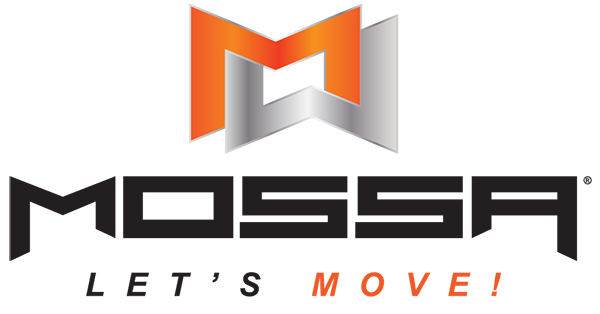
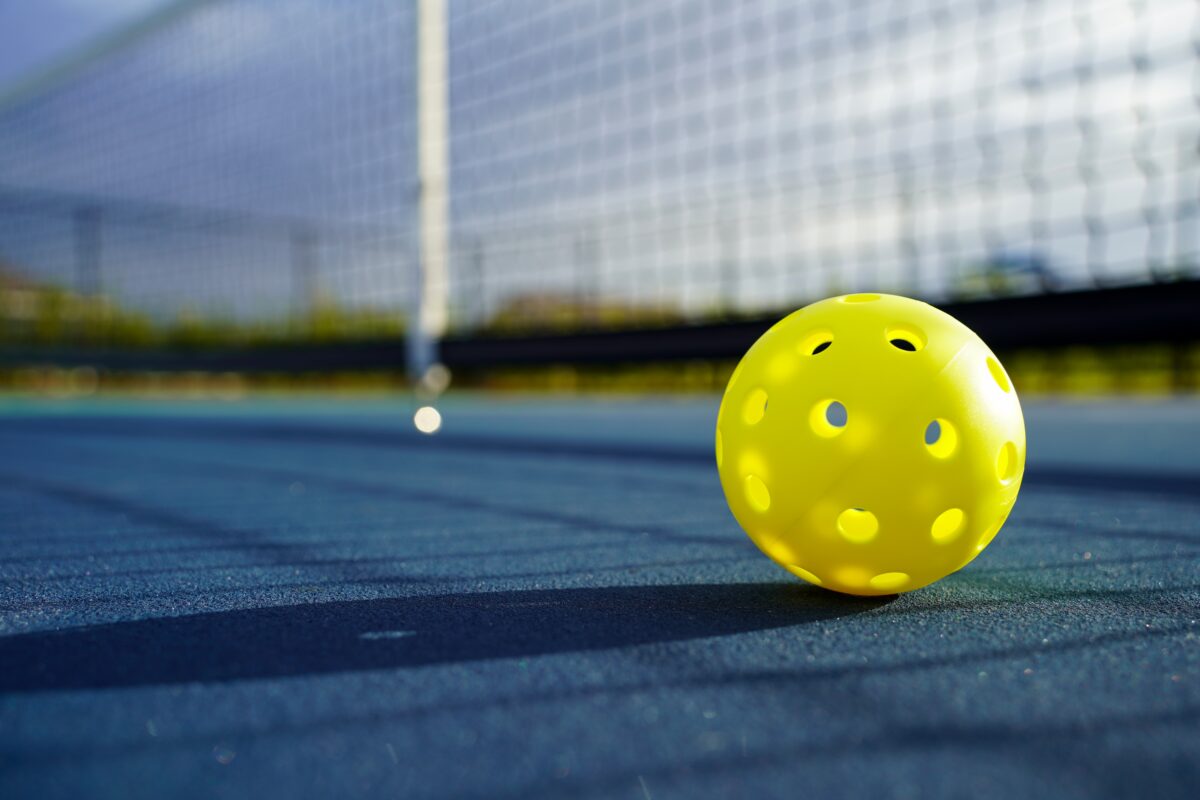

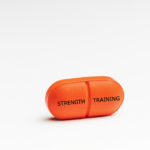 More than Muscles: Benefits of Strength Training
More than Muscles: Benefits of Strength Training New Member Onboarding: Over-Welcoming or Overwhelming?
New Member Onboarding: Over-Welcoming or Overwhelming?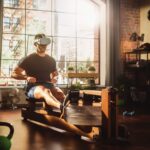 Team vs. Technology and the Future of Fitness
Team vs. Technology and the Future of Fitness Setting Goals for Group Fitness
Setting Goals for Group Fitness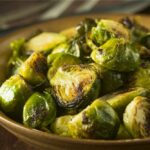 Does Exercise Have to be Boring and Bitter?
Does Exercise Have to be Boring and Bitter?